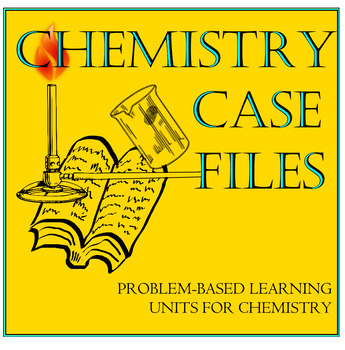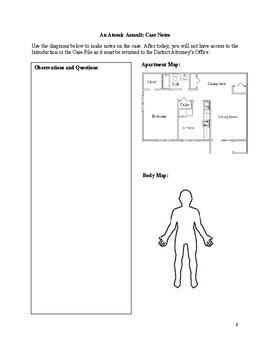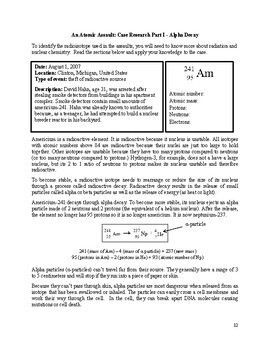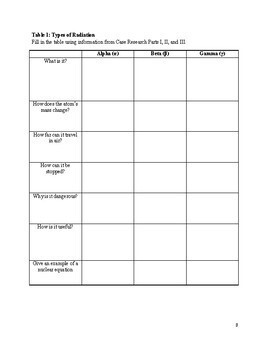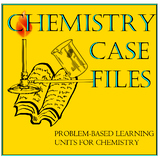An Atomic Assault: Nuclear Chemistry Unit (PBL)
- Zip
What educators are saying
Also included in
- This BUNDLE consists of a year's worth of Chemistry Problem-Based Learning Units. They are also sold separately on TPT.All of the units have two sets of files. The "Classroom" files should be used in an in-person classroom setting. The "Absent" files can be used for long-term distance learning, homePrice $76.10Original Price $85.80Save $9.70
Description
An Atomic Assault: A "Nuclear Chemistry" Unit (PBL) for High School Chemistry
Summary:
A father is accused of assault with a radioactive substance. To go forward with a criminal case, investigators need to know what substance was used. Students will study radiation, radioactive decay, and half-life to determine what radioactive substance was used.
This product is also part of a BUNDLE found here.
Both the classroom version and the distance learning version follow the outline below. In the distance learning option, the case is presented using readings and videos.
Objectives:
The student understands the basic processes of nuclear chemistry. The student is expected to:
(A) describe the characteristics of alpha, beta, and gamma radiation;
(B) describe radioactive decay process in terms of balanced nuclear equations; and
(C) explain half-life
(D) compare fission and fusion.
NGSS - HS-PS1-8 Develop models to illustrate the changes in the composition of the nucleus of the atom and the energy released during the processes of fission, fusion, and radioactive decay.
Time: 6 days
Day 1: Introduction
Day 2: Alpha Decay
Day 3: Beta Decay
Day 4: Gamma Radiation
Day 5: Fission/ Fusion and Half-life
Day 6: Summary and Review
Copyright © E. Stubbe (The Wasp Whisperer)
All rights reserved by author.
Terms of Use: This document is for personal use only and may only be used by the original purchaser. This entire document, or any parts within, may not be reproduced or displayed for public viewing. You may NOT electronically post this product online including to teacher blogs, classroom websites or school networks. Failure to comply is a copyright infringement and a violation of the Digital Millennium Copyright Act (DMCA).

